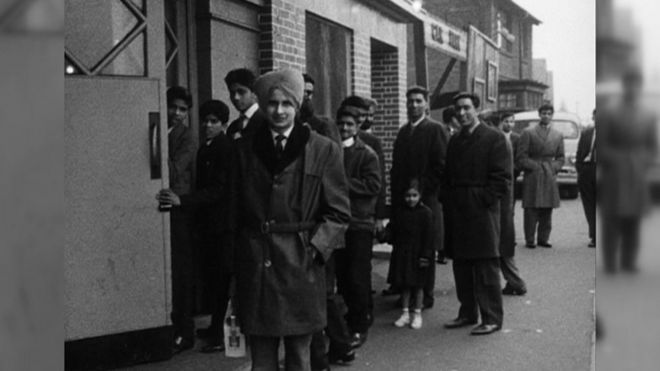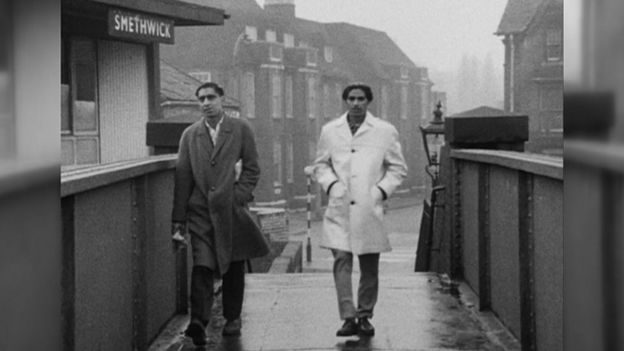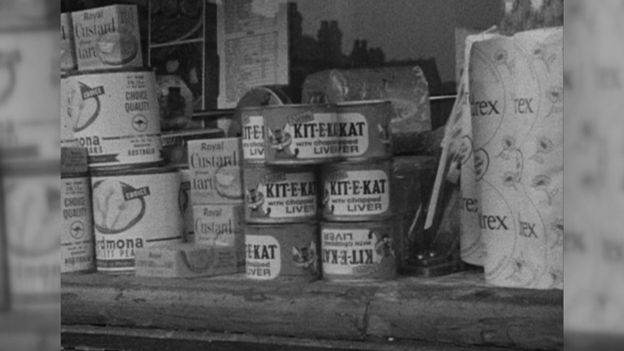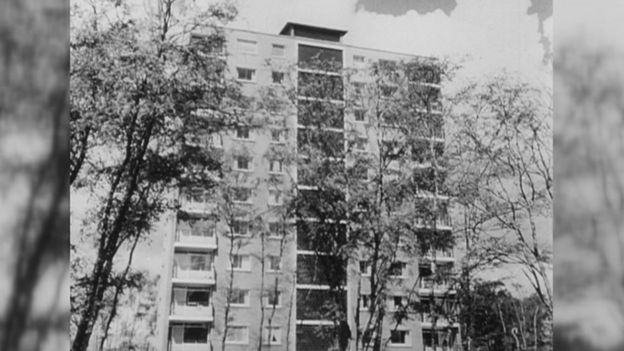1960s case study 2
 Neither immigrants nor West Midland communities were given information about the huge changes affecting their communities, leading to tensions
Neither immigrants nor West Midland communities were given information about the huge changes affecting their communities, leading to tensions Smethwick was infamous for its racial
Smethwick was infamous for its racial tensions in the 1960s
 It was a belief held by some that immigrants liked to eat dog and cat food
It was a belief held by some that immigrants liked to eat dog and cat food An Indian man agreed to wear a hidden BBC microphone to show the extent of the racism he faced in Smethwick
The barber repeatedly told the Indian man he would not serve him
Immigrant families would arrive for church services in their Sunday best, only to be told by clergymen to come back later so as not to upset the congregation. They were often forced to worship in their own homes.
They were used to seeing signs in windows, reading: "No Blacks. No Irish. No Dogs."
About 75,000 immigrants arrived in the UK each year in the 1960s
They had very few housing options and were often forced to live in cramped homes with their entire families
 Blocks of flats replaced back-to-back houses in response to the overcrowding problems
Blocks of flats replaced back-to-back houses in response to the overcrowding problemsThey had no option but to cram their often large families into tiny homes.
Comments
Post a Comment